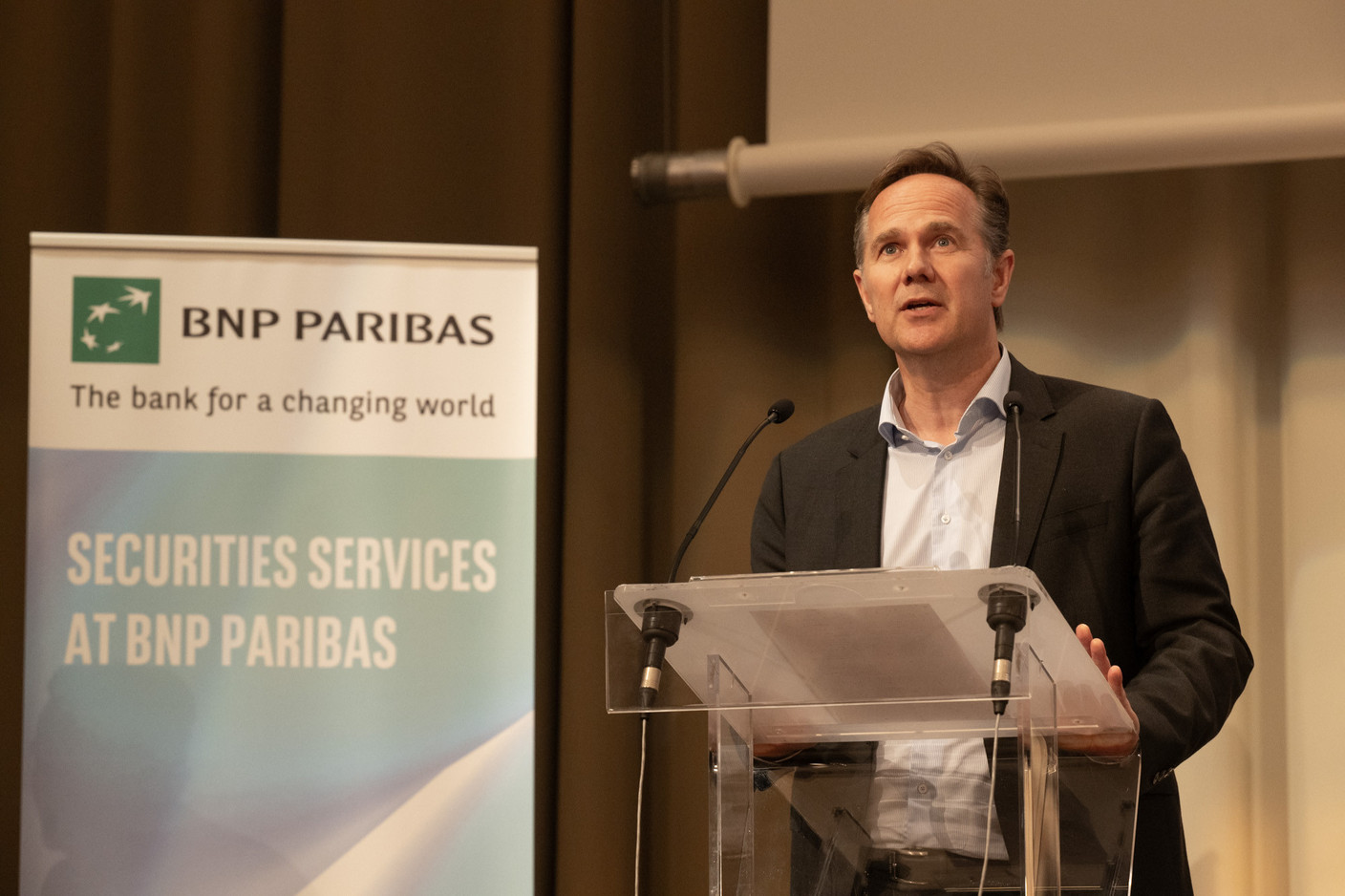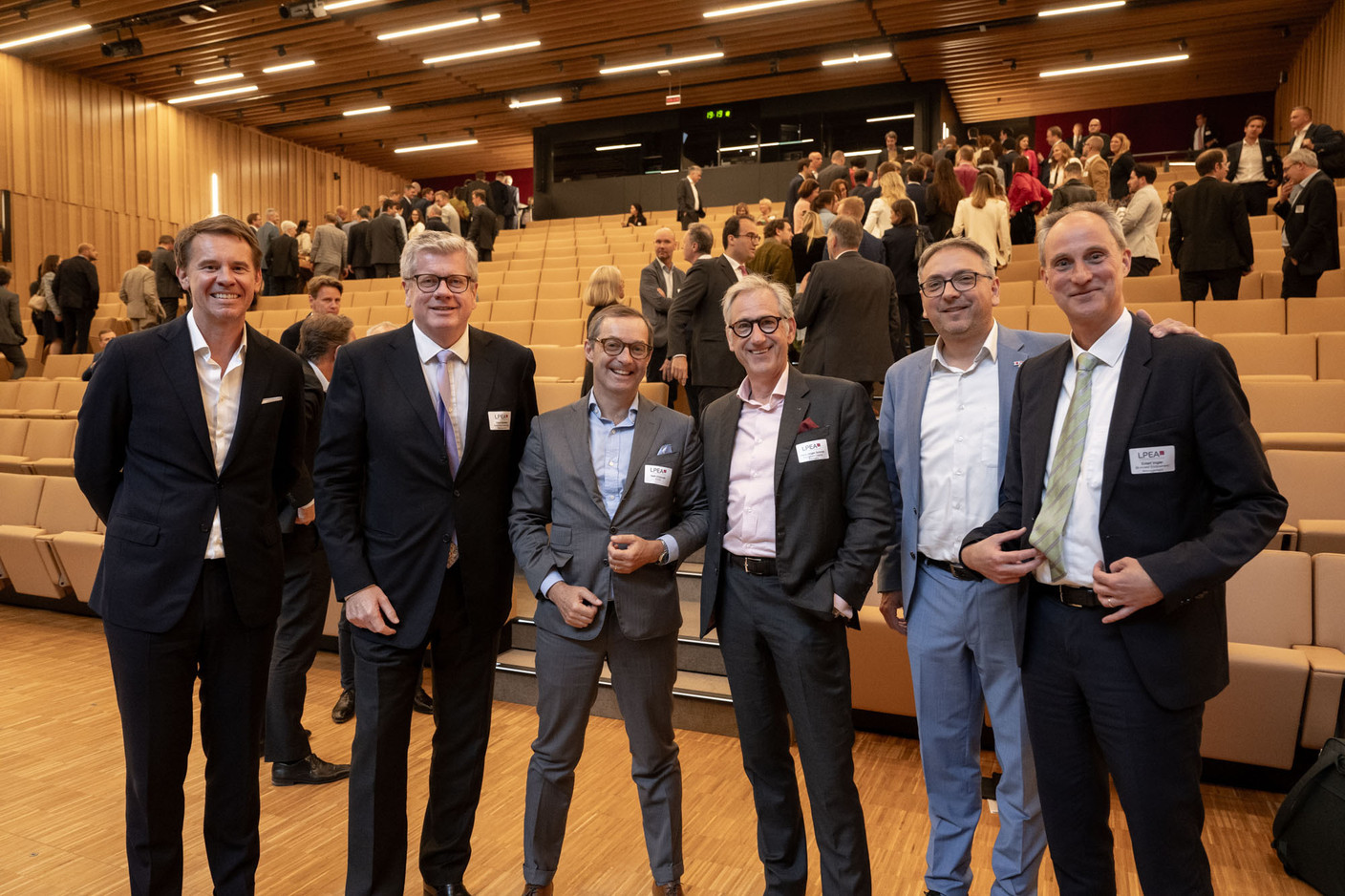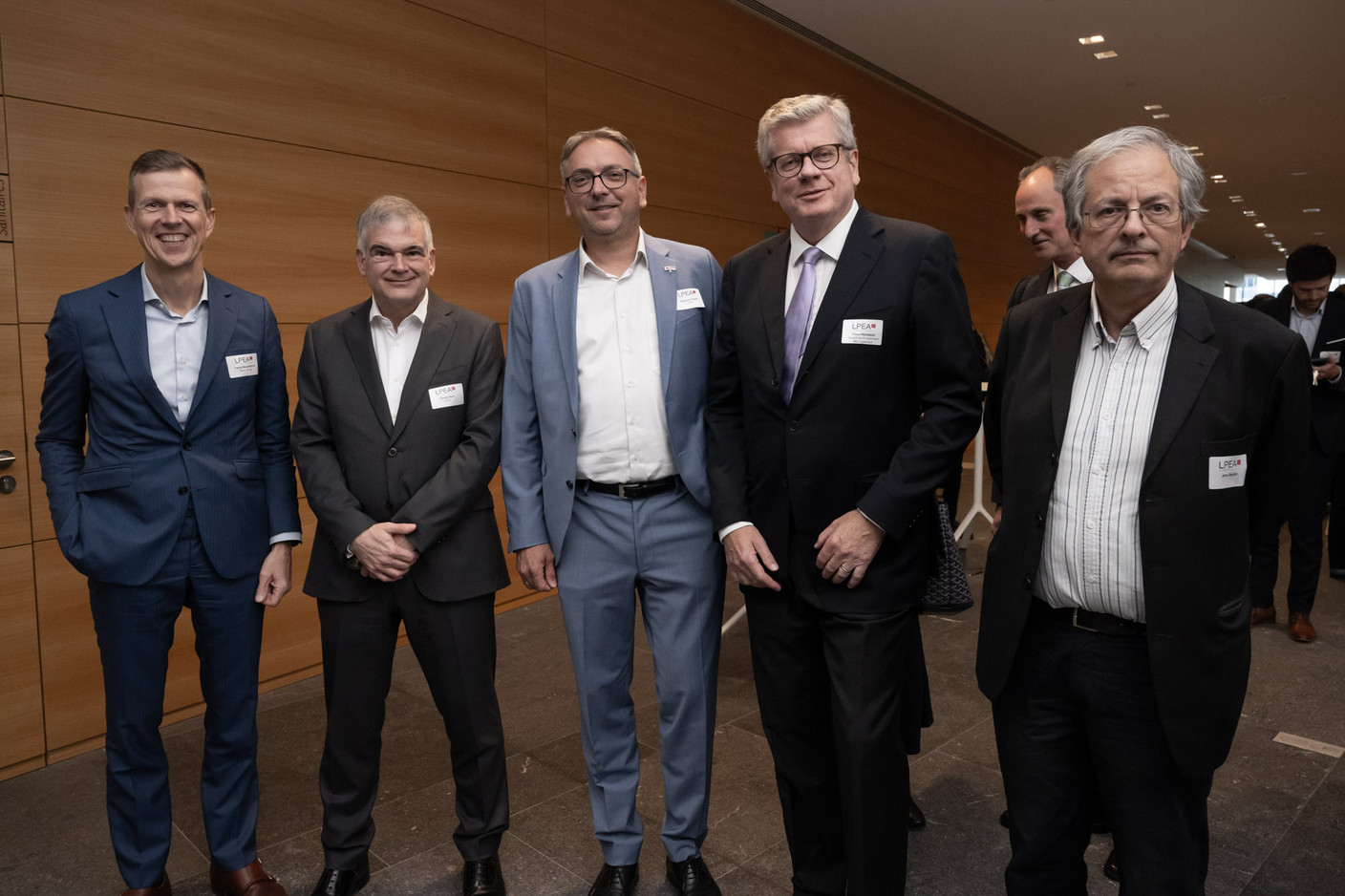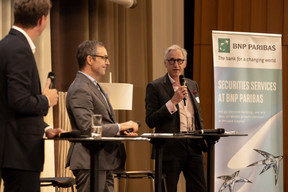The annual general meeting of the Luxembourg Private Equity & Venture Capital Association (LPEA), which took place on 11 June 2024 at BNP Paribas in Kirchberg, was also an opportunity to celebrate the 20th birthday of the société d’investissement en capital à risque (Sicar). Without this investment vehicle, said , a partner at Arendt & Medernach who moderated a fireside chat on the topic, “I am almost certain that none of us would be here in this room.”
The Sicar, or investment company in risk capital, was designed for investments in private equity and venture capital and usually qualifies as an alternative investment fund. It started with a “small, discrete working group” within the Association of the Luxembourg Fund Industry (Alfi)--the LPEA didn’t exist at the time--which had been called into action by European institutions who wanted member states to foster risk capital, support European SMEs and create jobs. “Fast forward 20 years,” said Dusemon, “we can say that these objectives were certainly achieved--and by far surpassed--as we can see from the Luxembourg perspective.”
Together with Dusemon, managing partner at Atoz and Hans-Jürgen Schmitz, managing partner at the VC firm Mangrove Capital Partners, talked about the “transformational power that the Sicar has had on the Luxembourg financial ecosystem,” as Dusemon put it, and discussed action items they’d like to see addressed.
10x growth in the last 20 years
Twenty years ago, “if we’d summoned a meeting of people interested in private equity or venture capital, it would have fitted into a small corner of the room,” said O’Donnell, who was involved in the design phase of the Sicar law. Luxembourg at the time was more focused on Ucits, though venture capital funds were seen in other countries. Coming out of the dot-com boom and bust, “it was a little bit touchy.”
But in a sense, it was also a “wonderfully naive and simple law,” he added. “We basically cranked out a product law in probably about a year, and it’s only ten pages long, if you look at the original law.” The industry at the time was quite small as well; it’s grown roughly by 10 in the past two decades. “We didn’t expect that,” said O’Donnell. “We thought we were doing kind of a niche-y thing.”
Challenges: uncertainties and dot-com bust
Schmitz, an early adopter of the Sicar regime, mentioned that he had asked ChatGPT what a Sicar was before the panel discussion. It replied: “it’s a system that helps coordinate the efforts to safeguard Luxembourg’s rich archaeological resources and ensures compliance with legal and regulatory frameworks.” Yes, that’s right. Archaeological. “You see to what extent AI can hallucinate.”
Coming back to the question of venture capital and regulation, “it was like a sledgehammer.” Regulation and venture capital have nothing in common, he added. Back then, people were in Jersey, Guernsey, Cayman--“sunny islands”--but certainly not in Luxembourg. “In 2000, there was no Sicar, there was nothing. There was part II of the Ucits law. And we said, well, maybe we can try that and tweak it and twist it to make it somewhat usable for us--which, it did work,” said Schmitz. “The frameworks that we had, the tools in the box that we had, were sufficiently subtle to even allow venture capital to sort of operate within. But it was obviously not ideal. It was a regulated product. And so from that perspective, we had no choice but to be regulated.”
Read also
We could have been a bit more “adventurous” and set up on one of those islands, said Schmitz, but coming out of Luxembourg, having had a career in Luxembourg, “we said, ‘well, let’s stick to the ground and see what we can find here,’ which was, in hindsight, probably the best choice we could make.”
In 2004, along came the Sicar. Mangrove used the Sicar for its second fund, and “it was a challenge, because we didn’t know how investors would react. Some of them are absolutely ignorant of anything that is regulation… Second, we would propose them a product that no one has ever heard of. And third, it was just coming out of the dot-com bust, so it wasn’t a particularly vibrant economy when it came to fundraising for venture capital funds.”
But “it did work. And it did work three more times, with the Sicar. Mangrove II, III, IV were all Sicars, and there’s probably not much else to add. It did work--really well.”
Today: second nature
The Sicar requires a depositary, and 20 years ago, there were many who said no, ‘we don’t do that,’ noted Dusemon. “When you look at the servicing environment today, it’s kind of hard to believe, because it’s a very, very, very different landscape today. So how did we get there?”
“It was quite a challenge at the start,” replied O’Donnell, as lots of people didn’t really understand how it worked. “But slowly people got used to it, and realised that, you know, in the market, these challenges were being met, and investors were accepting it.” An example of one of the “funny discussions” that he had, he noted, concerned “waterfalls.” A distribution waterfall is a way to distribute returns to those who have participated in a pooled investment. Though this is “industry standard” and is done abroad, some administrators were hesitant, explained O’Donnell. “Nowadays, these things are all second nature.”
You see a certain pattern; you see a certain framework that is the same; you see the experience that is in the market; you see all the service providers that are in the market today
“The Sicar was actually very successful in its early days,” added Dusemon, “and the success of that regime led to the Sif [specialised investment fund] becoming possible in 2007.”
“From the Sif, we went to AIFMD I [Alternative Investment Fund Managers Directive], and with AIFMD I, we got the SCSP [Luxembourg special limited partnership],” said Dusemon. “It is only because the Sicar and the Sif and the SCSP had all been successful--together then with the AIFM Directive--that the Raif [reserved alternative investment fund] law came.” And now, two-thirds of all European long-term investment funds (Eltif) are domiciled in Luxembourg. “You see a certain pattern; you see a certain framework that is the same; you see the experience that is in the market; you see all the service providers that are in the market today. None of this existed in that manner for the private equity industry at large in 2004.” In a way, these successes are thanks to the Sicar.
Actions to take in the future
It was (CSV), then budget and justice minister, who filed the Sicar law twenty years ago, said Dusemon. Now that he’s prime minister, he said, if you had “one wish” that you could put forward to him, what would it be?
“We’ve done--as a sector, as a country, as an industry--a fabulous job of creating the regulatory structures, everything to accommodate this industry,” said O’Donnell. “I think the next step is to try and secure the talent that comes with all of these structures, to keep it going.” And to attract that talent, the housing issue must be addressed.
Stability is key, he added, and has made Luxembourg an attractive location, particularly post-Brexit.
Read also
Finally, “as a tax guy--it’s like a hammer seeing every problem as a nail--what’s the tax angle?” said O’Donnell, who added, “Can we get out of the schizophrenic approach we have to taxing carry?” Other sectors benefit from half or even quarter rates. “What I’d say to the minister: if as Luxembourg, we’re prepared to give a quarter rate for certain types of forestry… I’d like to think maybe we could give it to private equity carry as well, because it has some of the same characteristics. It’s very long term.”
Get the basics right when scaling up
For Schmitz, who noted that the current finance minister (CSV) has been very open to recommendations from the industry, the people who created the Sicar were a bit like startup entrepreneurs. “Today, this startup has become a scaleup--and more. It’s an industry that has shown tremendous growth in Luxembourg… It’s still growing, and still has tremendous growth potential.”
“In my world, this is worth a double down. Double down your money on that particular scaleup.” But now, you can’t revolutionise the world with single measures or single breakthroughs--you need a “bundle.” It becomes more work “behind the scenes” with people and processes. Predictability, speed and incentives are key.
Read also
“We have to get the basics right,” concluded Schmitz, “and I cannot not mention it. The benefit of us operating in a global industry means we see what is possible in other places. You can create companies with $1 in one day, in other places in this world. You can open a bank account in two days in other places in this world. We cannot afford… six weeks to create a company in Luxembourg, three months to open a bank account. Or six. One year to get a licence. And all the while, the costs are growing.”
“So for the cost of doing business in Luxembourg, we have to do better. And we can. That’s what I would tell the minister. It’s a bundle of measures to get us faster, quicker, more efficient, including using digital tools--obviously, not the AI that just hallucinated to me, but AI in other contexts. Make use of it. And let’s earn the premium that we take.”
Updated to correct Luc Frieden’s ministerial portfolio in 2004






















